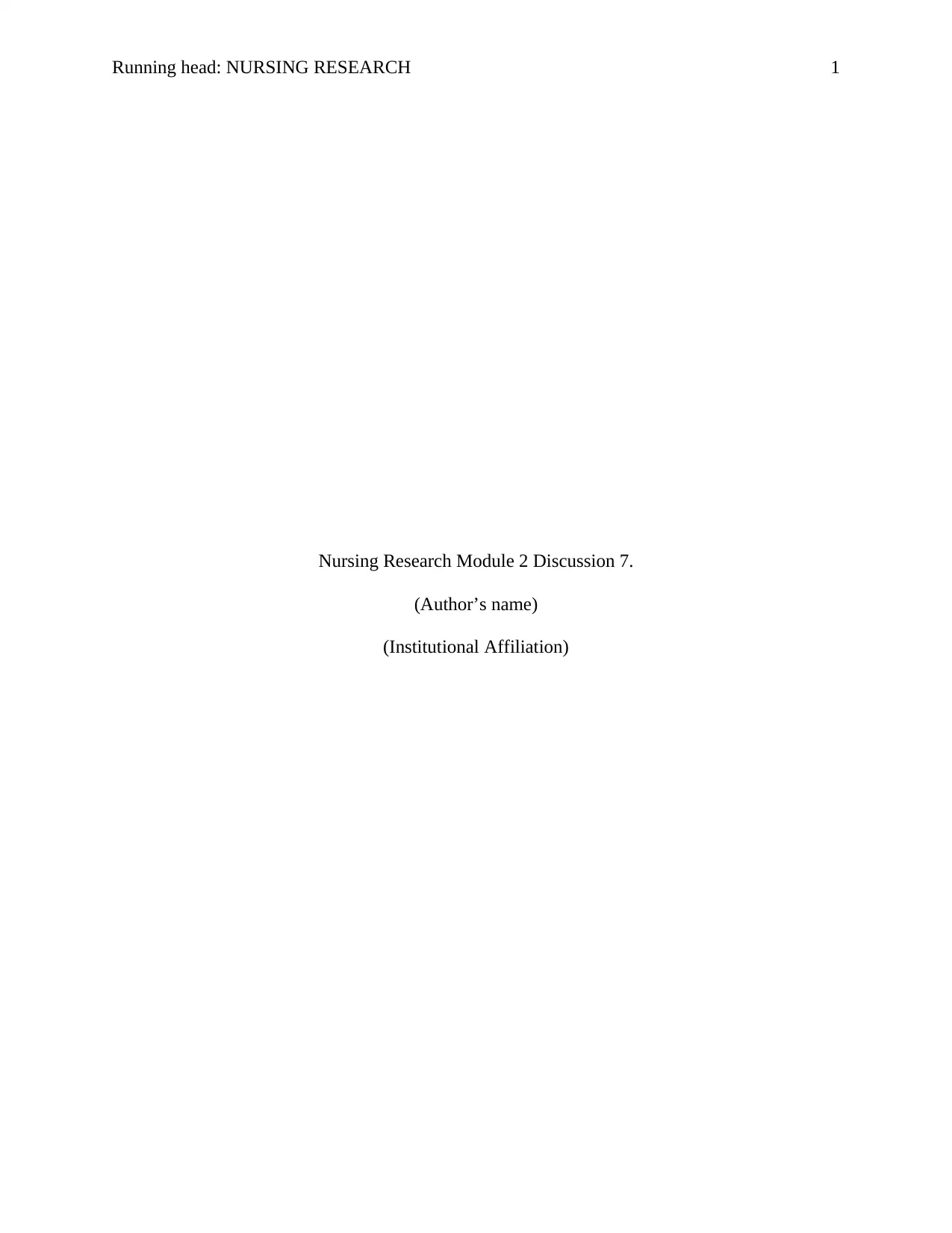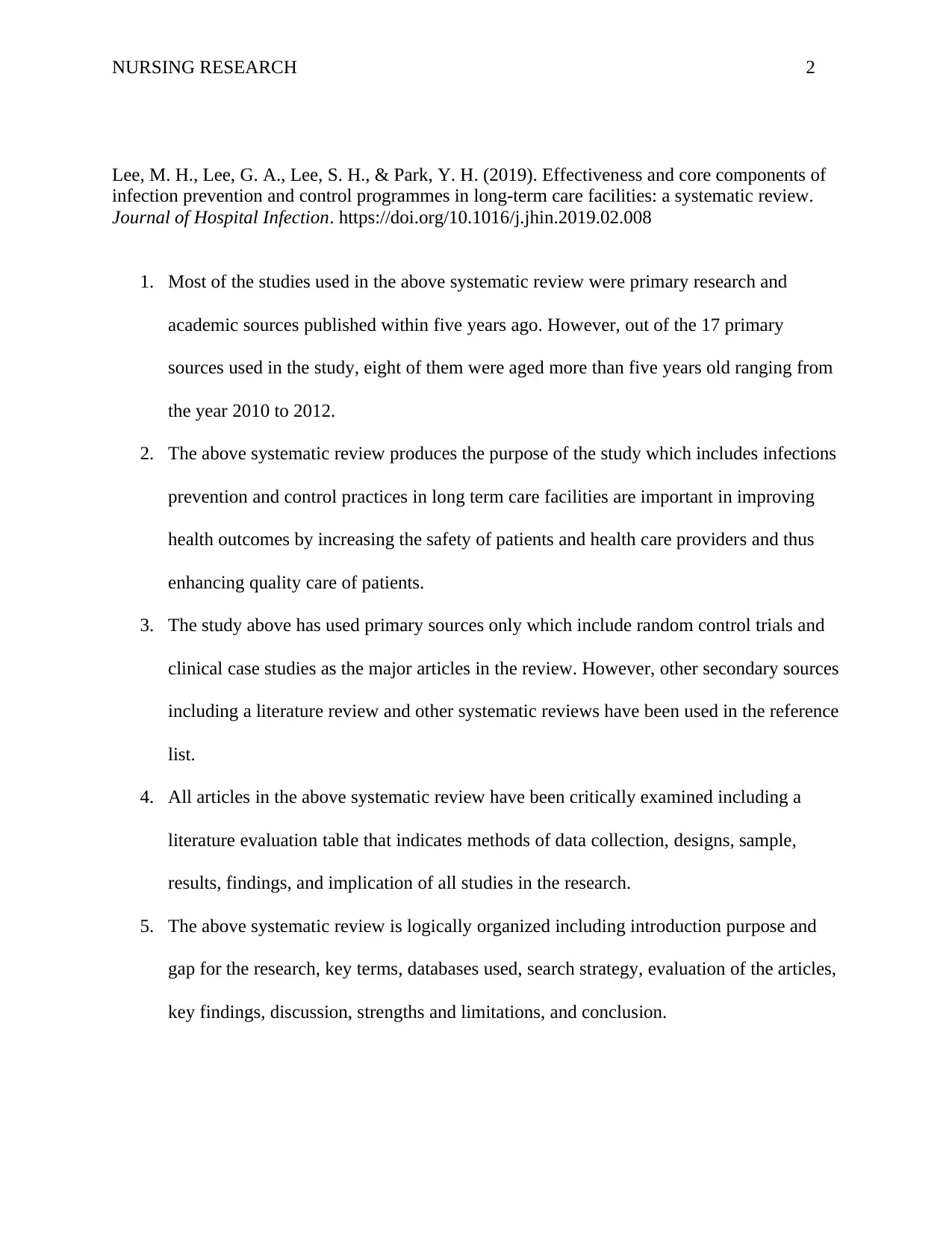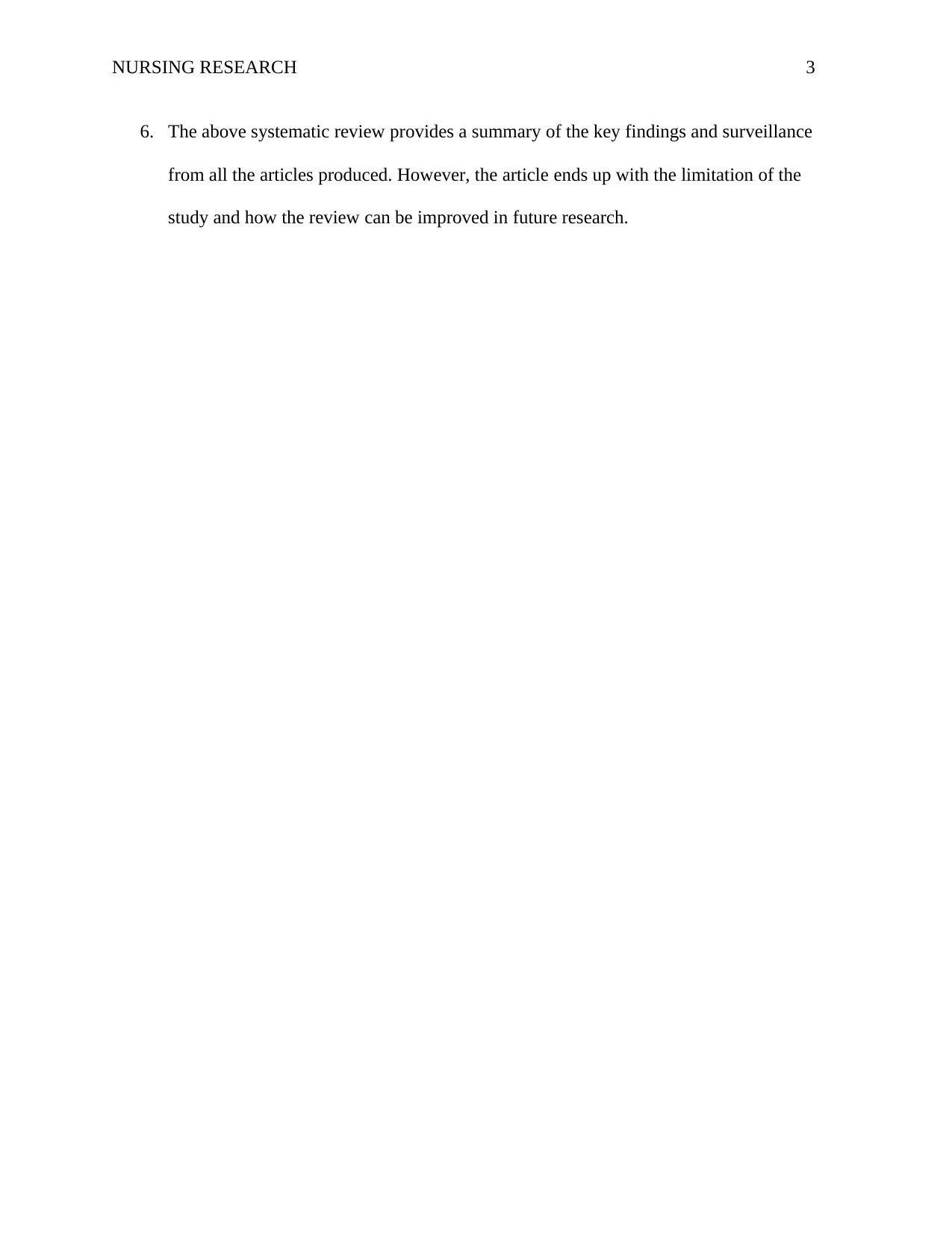Systematic Review of Infection Control in Long-Term Care Settings
VerifiedAdded on 2022/10/17
|3
|336
|37
Report
AI Summary
This report analyzes a systematic review of infection prevention and control programs in long-term care facilities. The review, published in the Journal of Hospital Infection, examines primary research sources, including randomized control trials and clinical case studies, to evaluate the effectiveness of infection prevention measures. The study highlights the importance of these practices in improving patient and healthcare provider safety, and the quality of care. The report discusses the methodology, including data collection methods, study designs, and key findings, along with the strengths and limitations of the review. The systematic review is well-structured, incorporating an introduction, purpose, research gap, key terms, search strategy, evaluation of articles, key findings, discussion, and conclusion. The review also includes the limitation of the study and suggestions for future research.
1 out of 3










![[object Object]](/_next/static/media/star-bottom.7253800d.svg)